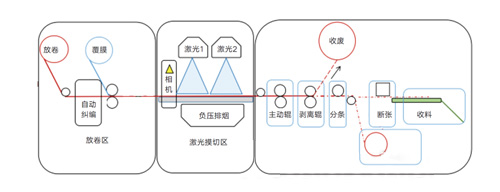How should the black color be treated in the design file before printing?
- When should overprinting be applied?
- When should you use C0 M0 Y0 K100?
- If the background is a large area of black, how should that be handled?
- Are there any differences in handling large black areas in images?
- For black text at K100, does it need to be outlined?
- If the text is very small and outlined very finely, will there be any printing issues?
- What about header or title text?
-
Overprinting is generally applied to black text only.
-
What is commonly referred to as “single black” (K100) is actually used according to the design requirements.
-
For large black areas in printing, because the total ink coverage cannot exceed 300% in four-color printing, the best option is to use C20, M20, Y0, K100 (as provided by the printing company). This results in the best color output, and if color matching is needed, this black is stable and can be adjusted to make it even darker.
-
For small text, it is recommended to use vector design software like CorelDRAW (CD) or Adobe Illustrator (AI) or for output and typing, since small text printed from Photoshop might appear slightly blurry. For larger text or text with other effects, this step is unnecessary.
-
For text in the range of 7–9 points, it’s recommended to print a sample with text sized from 1 to 100 points for reference to ensure readability and clarity.
Explore our book printing services on the Printing in China page.
This advice helps ensure that black is handled correctly in different printing scenarios, minimizing potential issues with color registration and ensuring the best possible output for both small text and large areas.

Comments
No comments yet. Be the first to react!